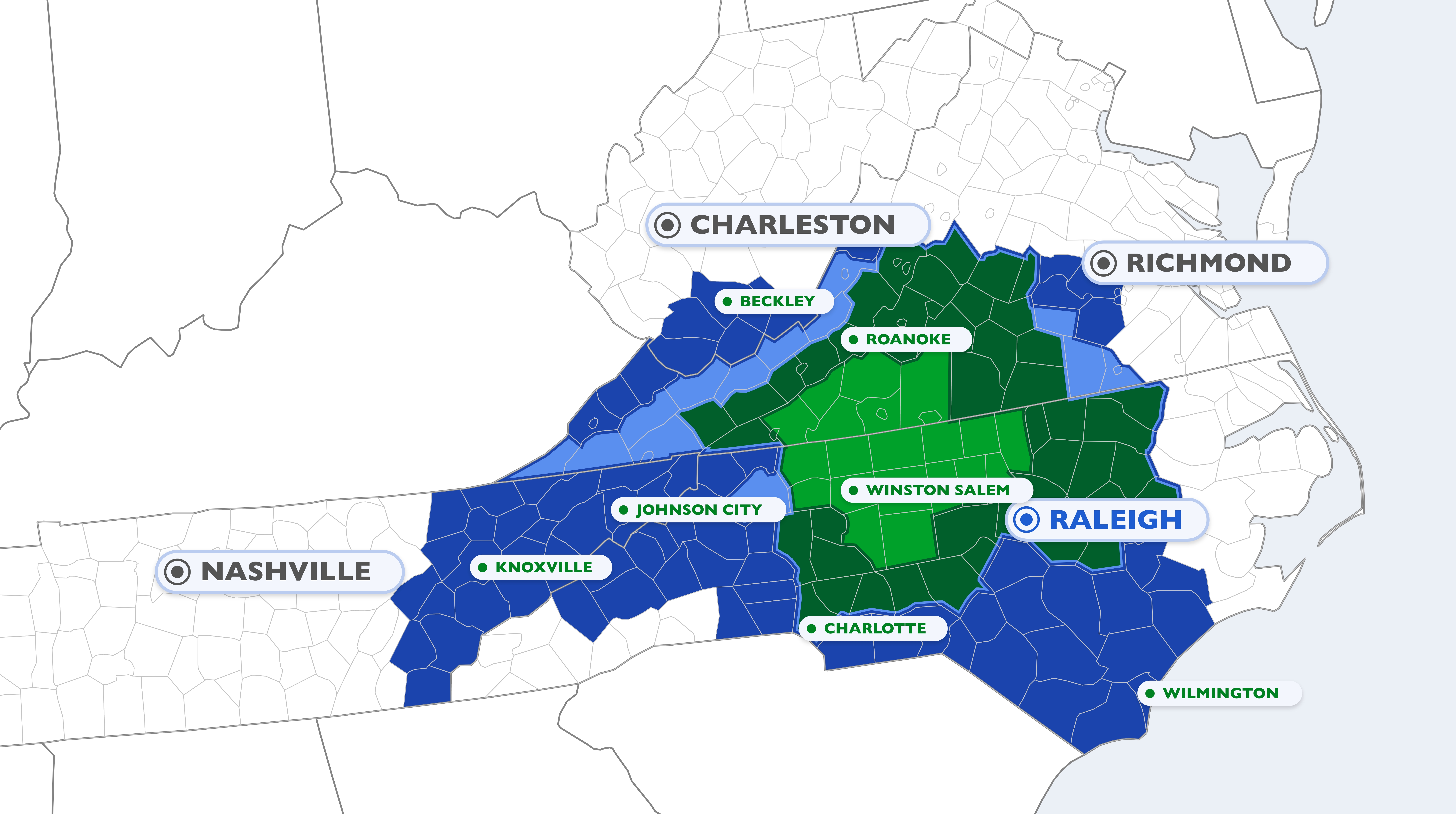Dyed vs. Regular Diesel: What’s the Difference?
Diesel fuel comes in different colors, each representing a unique designated use. In this article, we explain the distinctions between dyed and regular fuels and explore their specific applications and traits.
Different Diesel Colors Are Used To Distinguish On-Road, Off-Road and Government Vehicles.
Understanding the distinction between the different colors is crucial for industries and commercial consumers, ensuring appropriate usage and compliance with regulations. It commonly comes in three different colors: clear, red and blue.
Clear
As its name suggests, clear diesel is transparent and is known as “regular” diesel. It’s used by on-road vehicles, like cars, trucks and buses. Clear diesel is subject to standard taxes and regulations for regular vehicle use.
Red
Red diesel contains a distinctive dye for easy identification. It is reserved for off-road applications only. You would use red fuel for agricultural, construction and industrial machinery. It is strictly prohibited for on-road vehicle usage and has a tax-exempt status.
Blue
Like its red-dyed counterpart, blue diesel is tinted with blue dye. It is less prevalent than the other types because it’s exclusively used for U.S. government vehicles and equipment.





